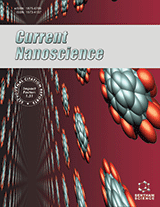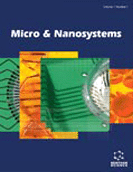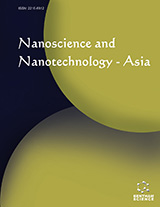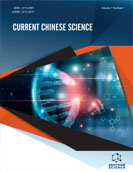Abstract
In order to investigate the effect of the substitution groups on the intercalation, nine quaternized carboxymethyl chitosans (QCMCs) with different degree of substitution (DS) of carboxymethyl and quaternary ammonium groups were intercalated into the interlayer of organic montmorillonite (OMMT). Small-angle XRD, TEM and FT-IR techniques were used to characterize the structure and morphology of QCMC/OMMT nanocomposites, the thermogravity analysis (TGA) was performed to evaluate the thermal stability. The results revealed that positively charged quaternary ammonium groups contributed to the intercalation of QCMC, certain amount of negatively charged carboxymethyl groups could also induce better intercalation, but too much carboxymethyl groups prevented the entrance of QCMC into the interlayer of OMMT. In addition, as carboxymethyl and quaternary ammonium groups increased, the interaction between QCMC and OMMT was stronger, but the thermal stability was lower. When DS of carboxymethyl groups and quaternary ammonium groups in QCMC were respectively 53 % and 41 %, the exfoliated nanocomposite was obtained, in this case, its thermal stability was the highest.
Keywords: Quaternized carboxymethyl chitosan, organic montmorillonite, intercalation, nanocomposite, degree of substitution, thermal stability
























